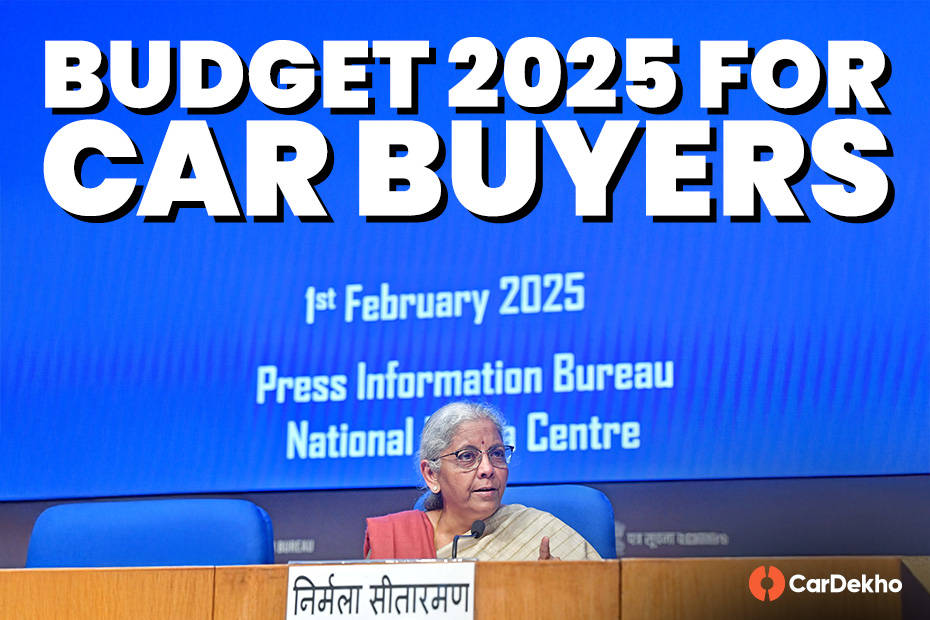What Does The Budget 2025 Mean For The Indian Automotive Sector?
Modified On Feb 03, 2025 03:56 PM By Bikramjit
- Write a comment
While the Budget 2025 doesn't include direct incentives to increase vehicle purchases, the new income tax slabs can especially help middle-class car buyers access some more disposable income!

-
Income tax exemption raised to Rs 12 lakh.
-
Customs duty cut on 35 EV battery production goods.
-
Rs 2,819 crore allocated for the PLI scheme.
-
Dhan-Dhaanya Krishi Yojana to boost rural vehicle demand.
-
Easier credit access for MSMEs in the auto sector.
The Indian Union Budget 2025, presented by Finance Minister Nirmala Sitharaman, has introduced a series of measures that could significantly impact India's automotive sector. From tax reforms to incentives for EVs and support for manufacturing, the budget has a range of good news for the industry:
How Does The Budget 2025 Affect The Automotive Industry?
The most newsworthy and important announcement is the increase in the income tax exemption limit to Rs 12 lakh (Rs 12.75 lakh for salaried individuals including the standard deduction). For consumers, this opens access to more disposable income, which has the potential to translate into increased spending on two-wheelers, three-wheelers, passenger cars and all other vehicles.

Under the scheme, maximum attention is given to boosting electric mobility. The government, in a bid to make EVs affordable, waived customs duties on 35 capital goods necessary for making the battery of an EV! This is going to lower production costs and the trickle down effect should see EVs becoming more affordable too.
The Production Linked Incentive Scheme

The PLI scheme is a plan by the government to encourage local manufacturing to increase their sales and hence add incentives. In the automobile sector, its focus is on building electric and hydrogen fuel cell-powered vehicles along with their parts. The aim is to bring down the cost, job creation, increase volumes, and establish a robust supply chain.
For 2025, the government has allocated Rs 2,819 crore for the auto and component sector, which is lower compared to Rs 3,500 crore in the previous year. Still, this will help the industry to invest further in advanced technology, making India's auto industry more competitive as a whole.
Also Read: Here Are Top Cars Revealed And Launched In January 2025
Other Focuses

The Dhan-Dhaanya Krishi Yojana and increased Kisan Credit Card limits are going to surge rural incomes hence increasing the demand for vehicles like tractors, two-wheelers, and small commercial vehicles, providing a boost to the automotive market in these regions.
MSMEs, being the most critical players in the supply chain of automobiles, have received a good share of attention in the budget. Enhancements to credit guarantees would ease financing access for auto component manufacturers and dealerships to scale up operations and invest in new technologies.
The Union Budget 2025 focuses on tax relief, EV growth, local manufacturing, and support for MSMEs and rural areas, creating a strong foundation for the auto industry and boosting India's global wheel presence.
What are your thoughts on the Budget 2025? Tell us in the comments below.
Follow the CarDekho WhatsApp channel to get instant updates from the automotive world.
16 out of 16 found this helpful















